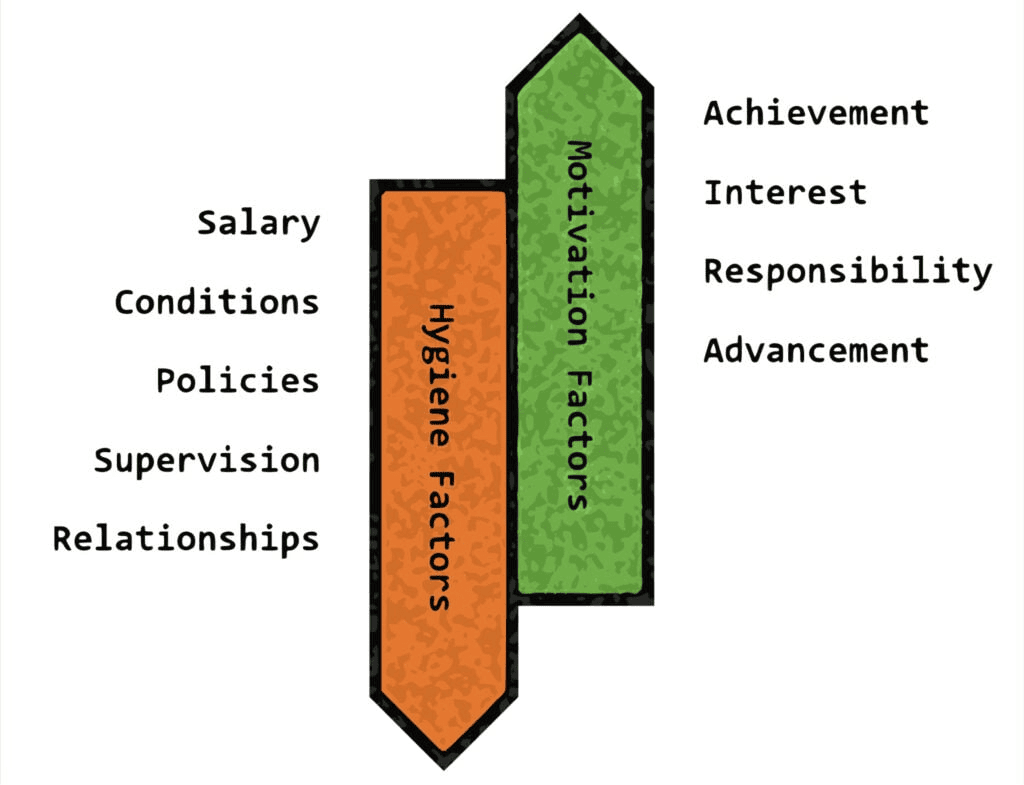The human relations approach in management emphasizes the importance of how people interact at work. It emphasizes that happy and satisfied employees are more productive. The human relations approach encourages treating workers as individuals, building good relationships among team members, and involving employees in decisions that affect them. The goal is to create a positive work environment where everyone feels valued and motivated.
Table of Contents
Historical Background
The Human Relations Approach focuses on how people interact at work and emphasizes meeting their social and emotional needs. It shifts the perspective from viewing workers as just parts of a machine to recognizing them as individuals who need support and motivation.
A significant turning point for this approach was the Hawthorne Studies conducted by Elton Mayo in the 1920s and 1930s. These studies revealed that factors like friendships at work and feeling valued greatly influence how well people perform their jobs. This research led to the Human Relations Movement, highlighting that a positive work environment and employee satisfaction are essential for productivity. As a result, many companies began to focus more on supporting their workers and creating a friendly workplace.
Key Concepts and Theories
Hawthorne Effect
The Hawthorne Effect is when people change their behavior because they know they are being watched. This idea comes from studies in the 1920s and 1930s that showed workers became more productive simply because they felt valued and noticed, not just because of changes in their work conditions.
Maslow’s Hierarchy of Needs

Maslow’s Hierarchy of Needs is a theory that shows human needs in a pyramid shape with five levels. According to Maslow, people must meet lower needs before they can focus on higher needs, highlighting what motivates individuals.
- Physiological Needs: Basic needs like food and water.
- Safety Needs: The need for security and safety.
- Love and Belongingness Needs: The need for relationships and connection.
- Esteem Needs: The need for respect and recognition.
- Self-Actualization Needs: The need to reach one’s full potential.
Herzberg’s Two-Factor Theory
Herzberg’s Two-Factor Theory explains what makes people happy or unhappy at work. It divides factors into two groups. The main idea is that fixing hygiene factors can stop people from being unhappy while improving motivators can make them more satisfied and motivated.

- Motivators: These are things that make people feel good about their jobs and encourage them to work harder. Examples include feeling accomplished, being recognized for good work, having interesting tasks, and opportunities to grow.
- Hygiene Factors: These are things that can cause people to be unhappy if they are not right. They don’t make people happy but are necessary to prevent dissatisfaction. Examples include salary, company rules, working conditions, and relationships with coworkers.
McGregor’s Theory X and Theory Y

McGregor’s Theory X and Theory Y describe two different views on how to manage employees:
- Theory X:
- Assumes that workers don’t like to work and will avoid it if they can.
- Believes that employees need to be closely watched and controlled to get things done.
- Thinks that people are mainly motivated by money and fear of punishment.
- Theory Y:
- Believes that workers are self-motivated and want to do a good job.
- Encourages managers to involve employees in decisions and give them more responsibility.
- Thinks that people are motivated by personal growth, job satisfaction, and feeling accomplished.
Practical Implications
Employee Motivation
Human relations approaches focus on understanding what makes employees happy and motivated. By recognizing their hard work and giving them meaningful tasks, companies can boost motivation. This can include giving regular feedback, rewards, and chances to grow.
Workplace Culture
A strong human relations approach helps create a positive workplace culture where employees feel valued and respected. Companies should encourage open communication, teamwork, and inclusivity, making sure everyone feels they belong and can contribute.
Leadership Style
Human relations encourage leaders to be supportive and involve employees in decisions. Leaders should listen to their team members and consider their ideas. This builds trust and makes employees feel more connected to their work.
Conflict Resolution
Human relations highlight the importance of solving conflicts positively. Companies should teach employees how to handle disagreements and encourage open discussions to resolve issues. This helps keep a friendly work environment and strengthens relationships.
Employee Development
Investing in employee development is key in human relations. Companies should offer training, mentorship, and chances for career growth. This not only improves employees’ skills but also shows that the company cares about their future.
Conclusion
In conclusion, the Human Relations Approach emphasizes the importance of employee happiness and teamwork in the workplace. By understanding key theories like the Hawthorne Effect and Maslow’s Hierarchy of Needs, organizations can create a positive culture that values contributions and supports growth. This focus leads to increased motivation, better relationships, and overall success for the organization.
Frequently Asked Questions (FAQs)
What is the Human Relations Approach?
The Human Relations Approach focuses on the importance of interpersonal relationships in the workplace, emphasizing that happy employees are more productive. It encourages treating workers as individuals and fostering a supportive work environment.
What started the Human Relations Approach?
The Human Relations Approach was significantly influenced by the Hawthorne Studies conducted in the 1920s and 1930s. These studies revealed that social factors, such as feeling valued and having friendships at work, greatly enhance employee productivity.
What is Maslow’s Hierarchy of Needs?
Maslow’s Hierarchy of Needs is a theory that categorizes human needs into five levels, from basic physiological needs to self-actualization. It suggests that individuals must satisfy lower-level needs before they can focus on higher-level needs, influencing their motivation.

